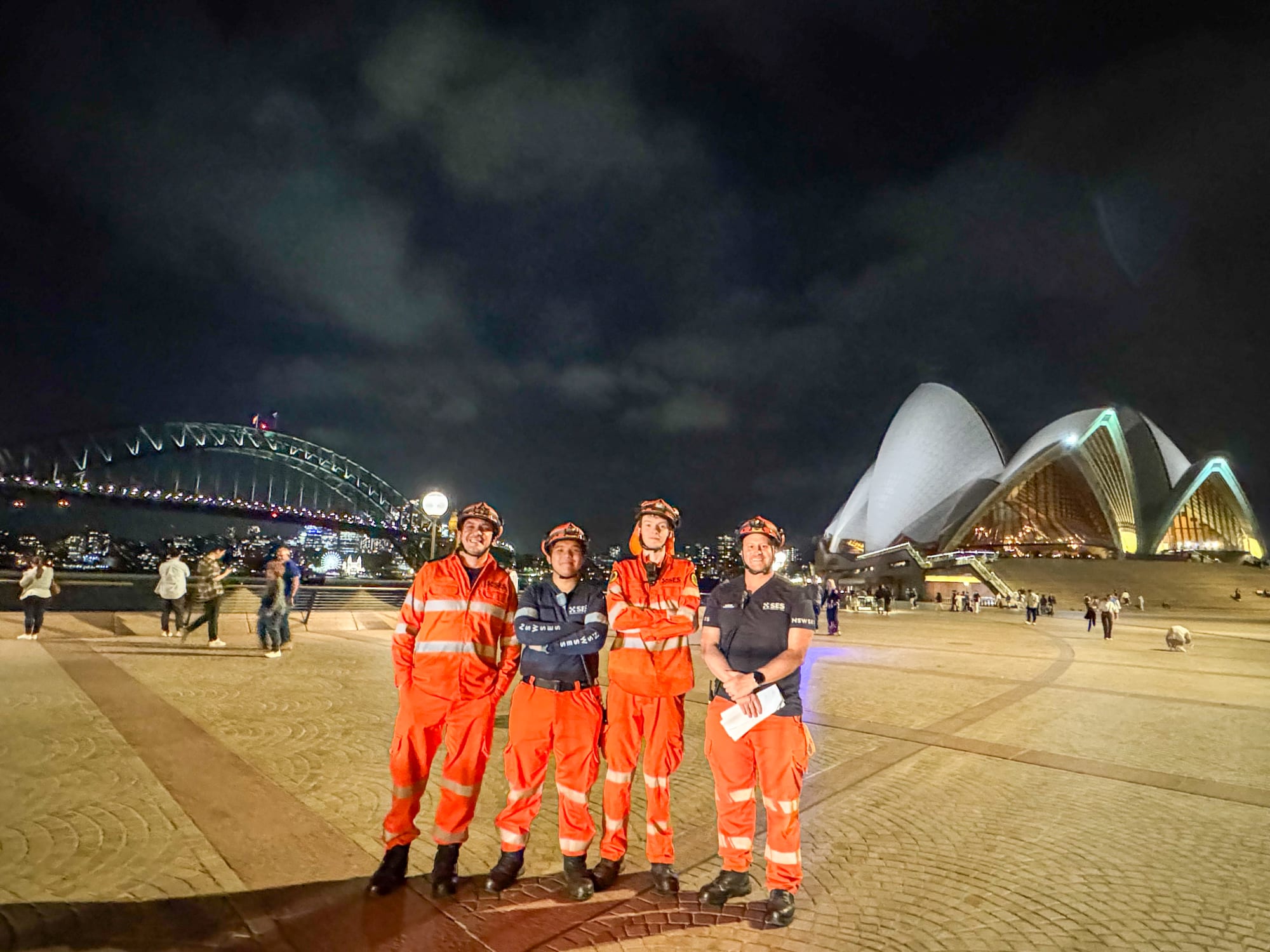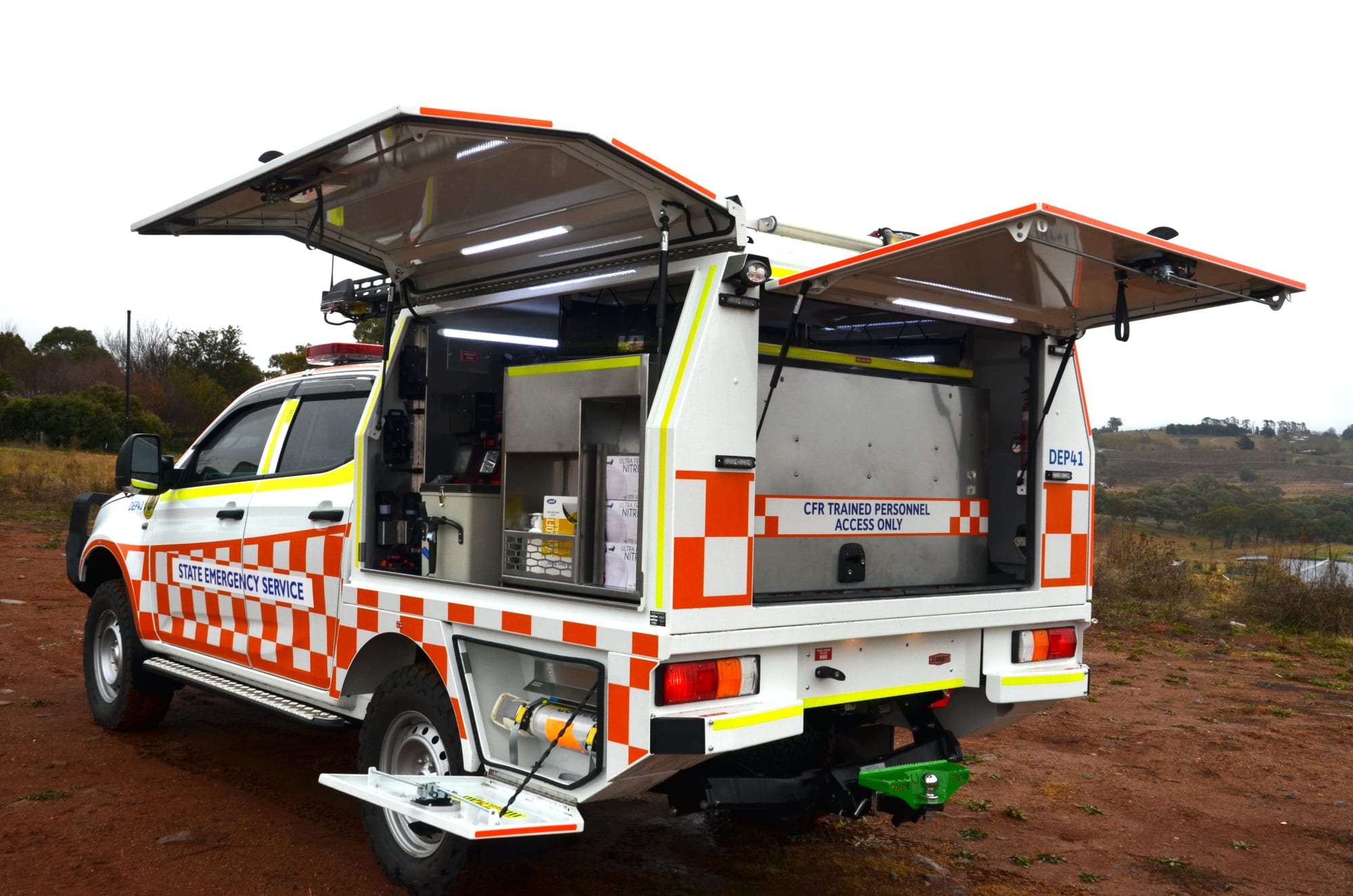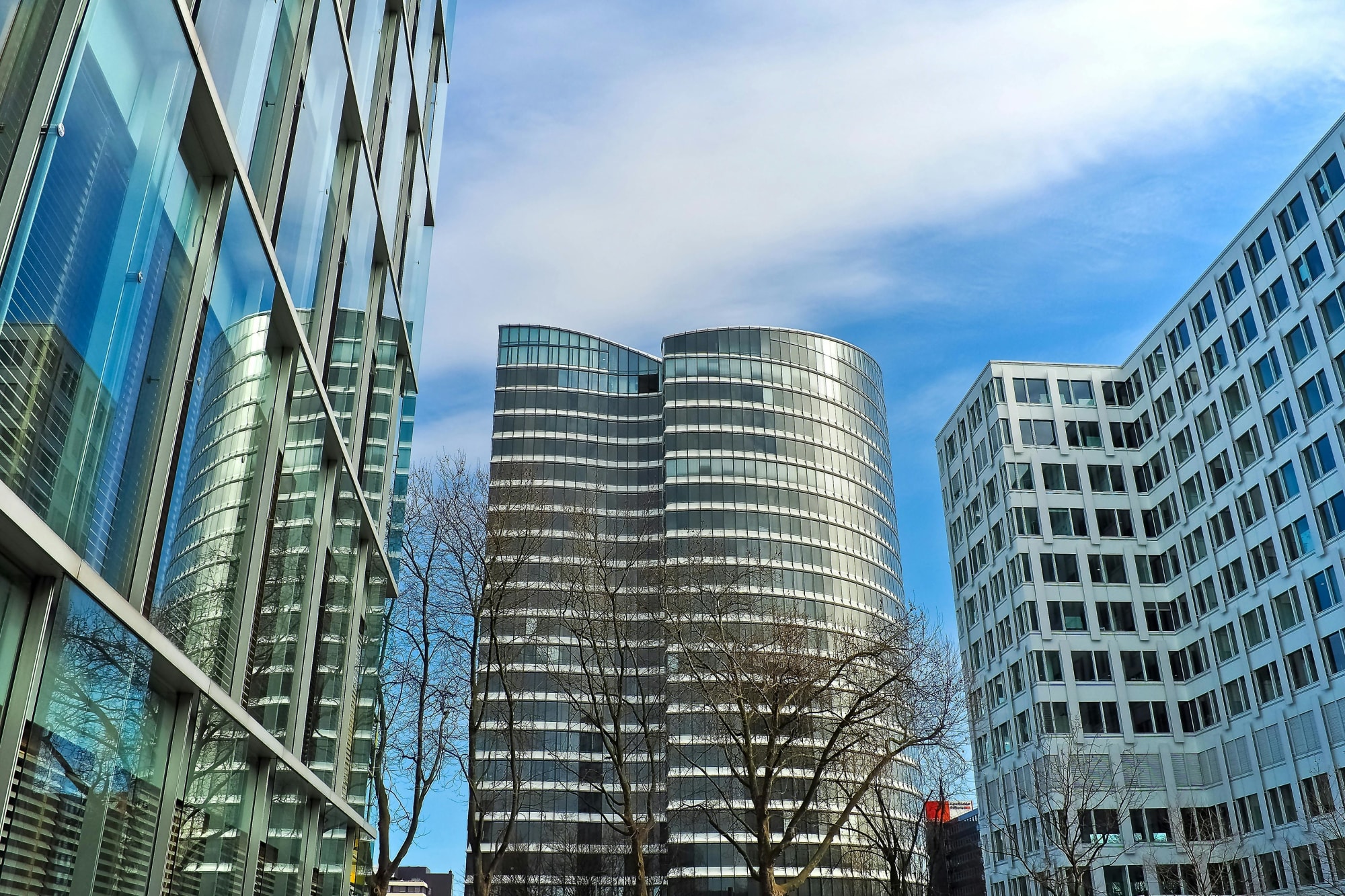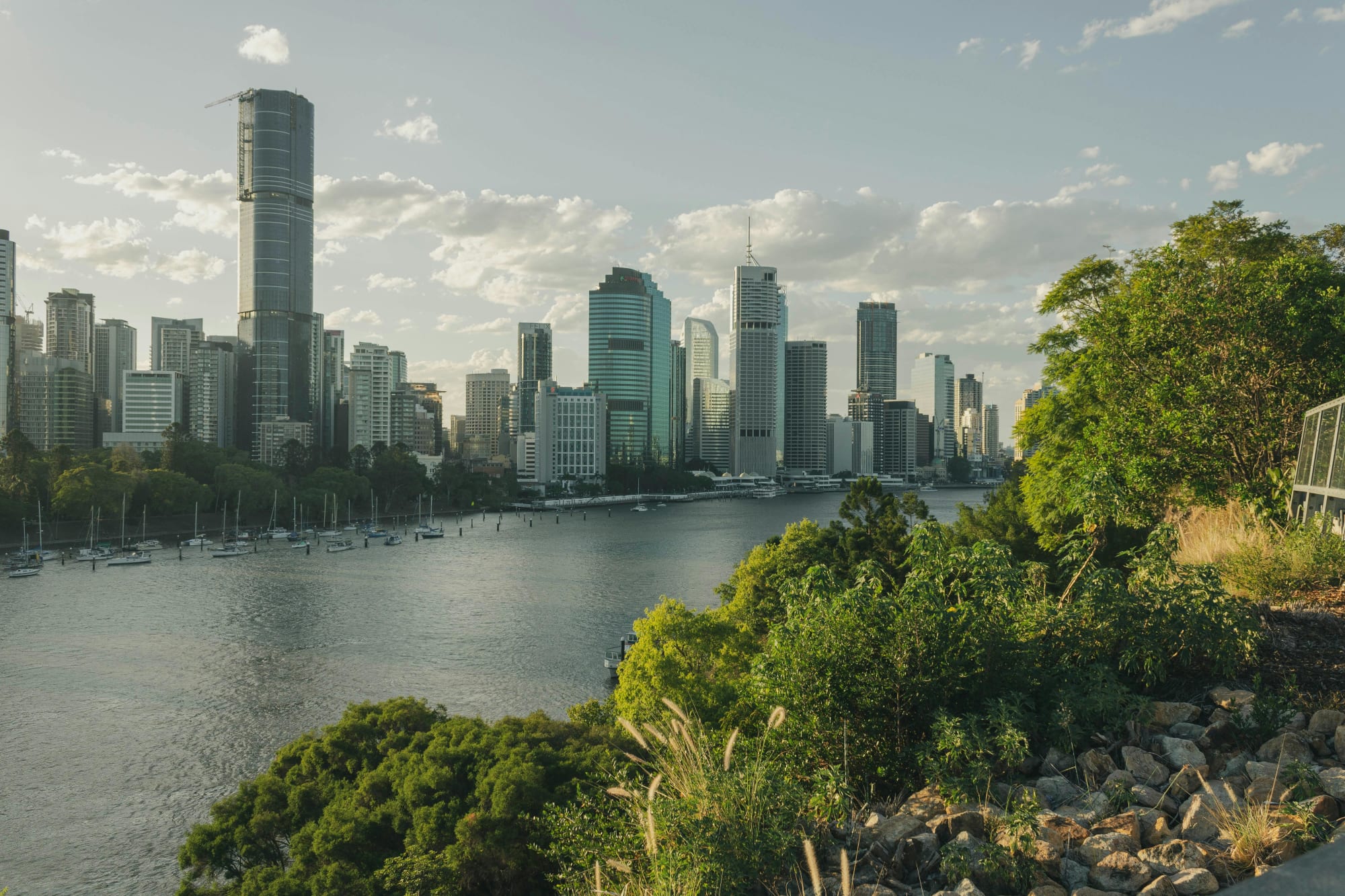Invest
4 Aussie cities among 10 most liveable in the world
This year’s global liveability score has been strongly influenced by measures taken to stem the spread of COVID-19, with cities ranked according to how successfully they dealt with the pandemic. Perhaps unsurprisingly, New Zealand and Australia dominated the top 10.
4 Aussie cities among 10 most liveable in the world
This year’s global liveability score has been strongly influenced by measures taken to stem the spread of COVID-19, with cities ranked according to how successfully they dealt with the pandemic. Perhaps unsurprisingly, New Zealand and Australia dominated the top 10.

As expected, the average global liveability score dropped seven points this year as a result of the COVID-19 pandemic, but some cities still managed to thrive by allowing their residents to live relatively normal lives despite a health crisis,The Economist’s latest Global Liveability Index revealed.
The liveability index usually ranks 140 cities across five areas – stability, healthcare, education, culture and environment, and infrastructure. But this year, the extent to which cities were sheltered by strong border closures, their ability to handle the health crisis and the pace at which they rolled out vaccination campaigns drove significant changes in the rankings.
Data collected from February to March 2021 saw New Zealand and Australia dominate the rankings, comprising six out of the top 10 cities.
Of the four Australian cities on the list, Adelaide ranked the highest in third place, with a liveability score of 94 – preceded only by Japan’s Osaka (94.2) and New Zealand’s Auckland (96).

Meanwhile, Perth, Melbourne and Brisbane ranked sixth, eighth and 10th, respectively, while Sydney fell short and missed out on a top 10 placing, ranking in 11th place.
According to the report, the most liveable cities showed the ability to contain the coronavirus pandemic faster and thus lift restrictions earlier.
The top 10 also included Wellington in New Zealand, Japan’s Tokyo and two cities in Switzerland, Zurich and Geneva.
In contrast, The Economist found that many European and Canadian cities fell short due to their prolonged battle with a second COVID-19 wave.
Australia leads healthcare, education, infrastructure
Given its speedy response to the outbreak of COVID-19, Adelaide, Perth and Brisbane scored a perfect 100 for access to healthcare and quality of care.
As for education, the winning trio were joined by Melbourne, all with a score of 100.
“Elsewhere, however, there are still intermittent school closures in many cities, forcing pupils to rely on online learning,” the report noted.
Australian cities also saw the highest score in infrastructure, with Perth and Melbourne being the only cities on the list to score a perfect 100.
Looking ahead, The Economist said COVID-19 will continue to affect city liveability across the world, even with vaccination campaigns now underway albeit at varying levels of efficiency.
According to the report, the poorest cities are likely to see further deterioration should they fail to secure vaccines soon – thus putting weak healthcare systems under even greater pressure.
“A slower inoculation drive would result in a more strict lockdown, thereby affecting the expected recovery in economic growth. This, in turn, could affect other categories, including stability.”
Ultimately, the recovery of liveability will depend on “how effectively the health risks of the pandemic can be controlled, through a combination of vaccination, testing, tracing and quarantine measures”.
About the author

About the author


Economy
Rising CPI reinforces RBA’s stance as rate cut expectations remain: State Street
State Street Global Advisors says the Reserve Bank of Australia (RBA) is likely to hold its current policy outlook following the release of September quarter inflation data, which showed an unexpected ...Read more

Economy
NSW SES boosts tsunami preparedness ahead of World Tsunami Awareness Day
As World Tsunami Awareness Day approaches on 5 November, the New South Wales State Emergency Service (NSW SES) is ramping up efforts to enhance tsunami preparedness along the east coastRead more

Economy
Lifesaving Regional Response Strengthened with New NSW SES Vehicles
In a significant boost to regional emergency services, the NSW State Emergency Service (SES) has unveiled 11 new Community First Response (CFR) vehicles, designed to enhance the speed and safety of ...Read more

Economy
Australia's June quarter GDP growth driven by consumer and government spending
Australia's economy has shown unexpected resilience in the June 2025 quarter, with household and government consumption driving growth despite a significant decline in public investmentRead more

Economy
Australia's GDP surprise is real but operators should heed the growth mix warning light
Australia’s June-quarter growth beat expectations on the strength of household consumption and government spending, even as public investment sagged. The upside surprise signals resilience, but the ...Read more

Economy
Households carried the quarter: what Australia’s upside GDP surprise means for strategy now
Australia’s economy expanded faster than expected in the June 2025 quarter, with GDP up 0.6 per cent quarter-on-quarter and 1.8 per cent year-on-year — the strongest pace in two years. The kicker ...Read more

Economy
Inflation dynamics in Australia: Electricity subsidies and labour market in focus
In a recent economic analysis, experts from State Street have highlighted significant developments in Australia's inflation landscape, attributing the changes primarily to the withdrawal of ...Read more

Economy
Australia's economic growth driven by consumer and government spending: A closer look at the June quarter
Australia's economy has delivered a surprising performance for the June 2025 quarter, surpassing expectations with a growth rate of 0.6% quarter-on-quarter and 1.8% year-on-year. This unexpected ...Read more

Economy
Rising CPI reinforces RBA’s stance as rate cut expectations remain: State Street
State Street Global Advisors says the Reserve Bank of Australia (RBA) is likely to hold its current policy outlook following the release of September quarter inflation data, which showed an unexpected ...Read more

Economy
NSW SES boosts tsunami preparedness ahead of World Tsunami Awareness Day
As World Tsunami Awareness Day approaches on 5 November, the New South Wales State Emergency Service (NSW SES) is ramping up efforts to enhance tsunami preparedness along the east coastRead more

Economy
Lifesaving Regional Response Strengthened with New NSW SES Vehicles
In a significant boost to regional emergency services, the NSW State Emergency Service (SES) has unveiled 11 new Community First Response (CFR) vehicles, designed to enhance the speed and safety of ...Read more

Economy
Australia's June quarter GDP growth driven by consumer and government spending
Australia's economy has shown unexpected resilience in the June 2025 quarter, with household and government consumption driving growth despite a significant decline in public investmentRead more

Economy
Australia's GDP surprise is real but operators should heed the growth mix warning light
Australia’s June-quarter growth beat expectations on the strength of household consumption and government spending, even as public investment sagged. The upside surprise signals resilience, but the ...Read more

Economy
Households carried the quarter: what Australia’s upside GDP surprise means for strategy now
Australia’s economy expanded faster than expected in the June 2025 quarter, with GDP up 0.6 per cent quarter-on-quarter and 1.8 per cent year-on-year — the strongest pace in two years. The kicker ...Read more

Economy
Inflation dynamics in Australia: Electricity subsidies and labour market in focus
In a recent economic analysis, experts from State Street have highlighted significant developments in Australia's inflation landscape, attributing the changes primarily to the withdrawal of ...Read more

Economy
Australia's economic growth driven by consumer and government spending: A closer look at the June quarter
Australia's economy has delivered a surprising performance for the June 2025 quarter, surpassing expectations with a growth rate of 0.6% quarter-on-quarter and 1.8% year-on-year. This unexpected ...Read more








